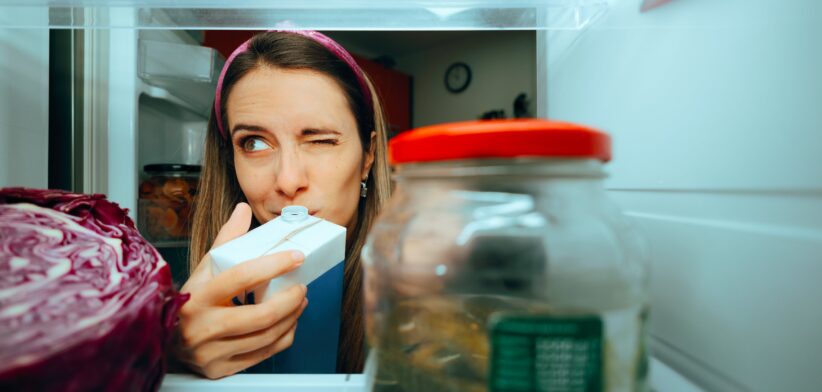Confusing food labels are adding to food waste, with Australians unwittingly throwing away thousands of dollars worth of edible product each year.
New research from RMIT University and End Food Waste Australia found clearerer, more consistent date labels and storage advice, with related bigger print and simple icons, could drastically reduce the amount of edible food Aussies throw away.
Study lead author Associate Professor Lukas Parker said the confusing labels meant perfectly edible food was being discarded, costing households money and contributing to the nation’s food waste problem.
Associate Professor Parker said each year Australians wasted 7.6 million tonnes of food.
He said the study showed poor label design and inconsistent packaging were key reasons consumers threw out food, which could cost the average household up to $2500 annually.
“Australian shoppers deserve better than this. They’re being let down by labels that don’t give them the information they need to make the right call,.
“It’s time for a consistent, clear system that helps people make smarter choices, saves money and keeps good food out of the bin.”
Associate Professor Parker said despite consumers wanting label changes, workshops revealed hesitations from food industry stakeholders, who cited concerns around cost, compliance and regulatory complexity.
He said the gap between consumer needs and system readiness was also identified as a major barrier to progress.
End Food Waste Australia CEO Tristan Butt said cutting food waste through smarter labels would only happen if government, retailers and food producers worked together.
“Clear, consistent date labelling is one of the most cost-effective and scalable ways to reduce household food waste, but it won’t happen without industry-wide collaboration,” Mr Butt said.
“This single change could prevent nearly a million tonnes of food waste by 2030.”
Download the report: Date Labelling and Storage Advice








